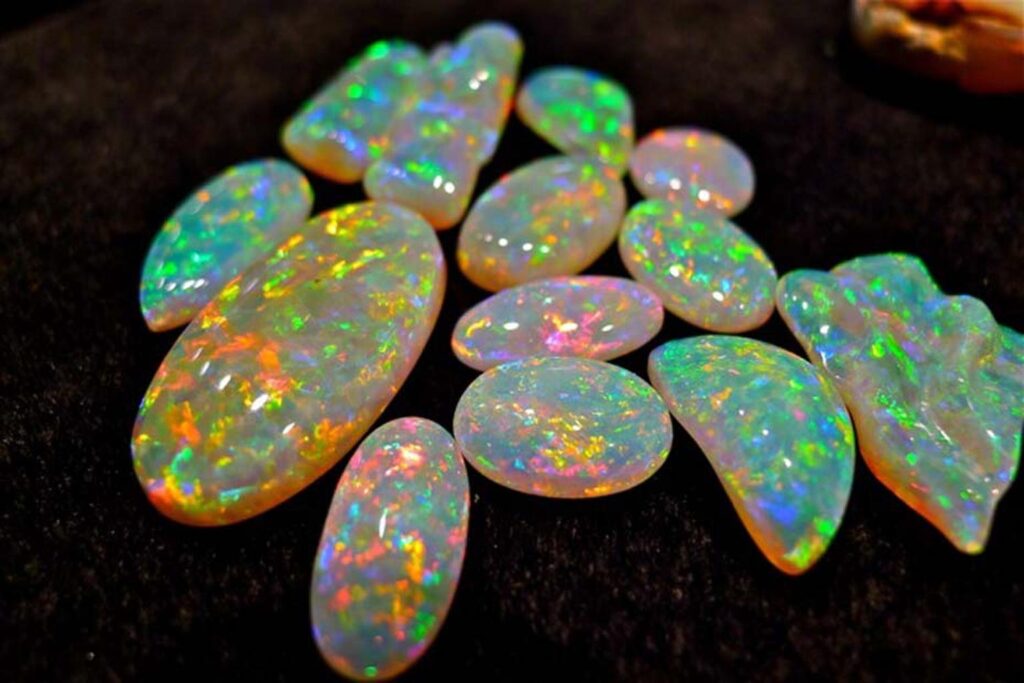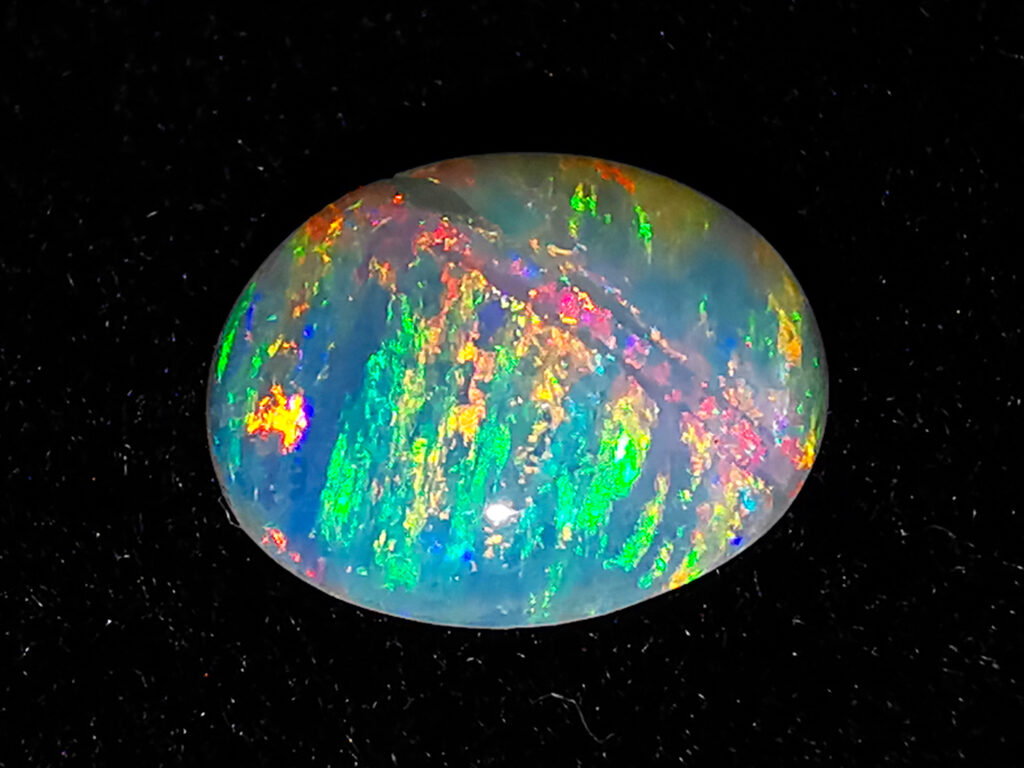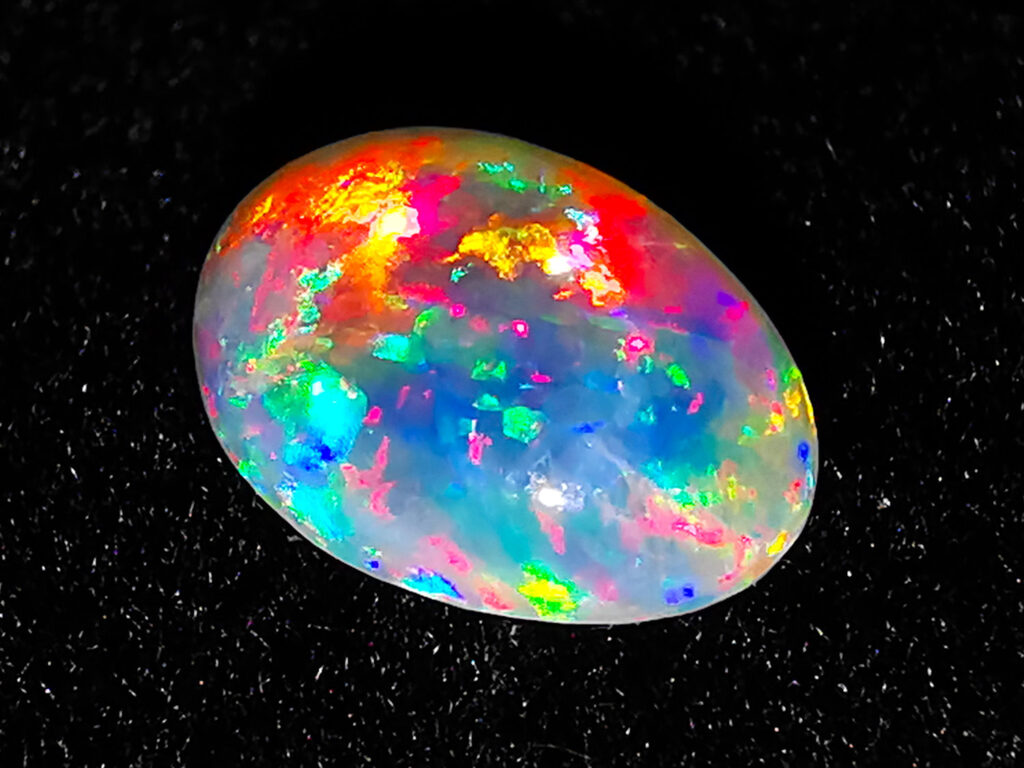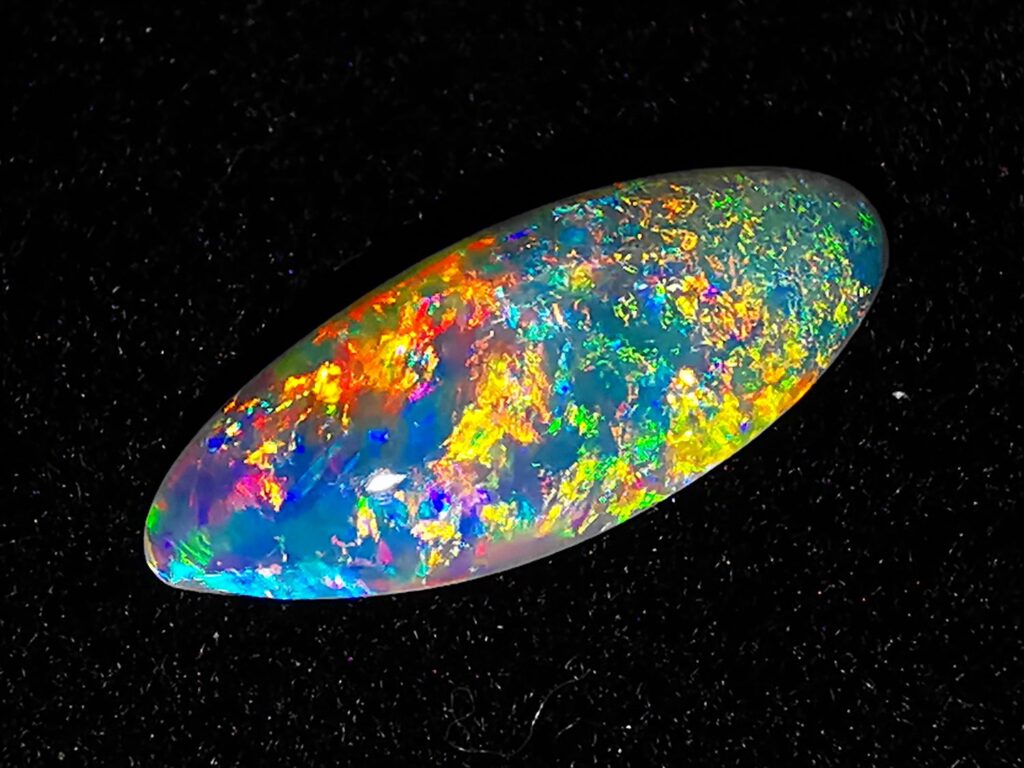Coober Pedy, an intriguing town nestled in the arid outback of South Australia, is renowned worldwide as the “Opal Capital of the World.” Its name, derived from the local Aboriginal term “kupa piti,” meaning “white man’s hole,” perfectly encapsulates its unique identity. What sets Coober Pedy apart is its subterranean lifestyle, born out of necessity to escape the scorching heat of the desert. The town is dotted with opal mines and homes carved into the earth, providing a cool refuge for its residents. Its opal mines have drawn fortune-seekers and adventurers for over a century, shaping a community with a rich blend of cultures and a fascinating history. Coober Pedy’s rugged beauty and unconventional charm make it a captivating destination for travelers seeking an offbeat experience in the heart of the Australian outback.

Geological Formation of Coober Pedy
Coober Pedy’s geological formation is deeply intertwined with its status as the Opal Capital of the World. Around 100 million years ago, during the Cretaceous period, the Australian continent was submerged under a vast inland sea known as the Eromanga Sea. Over time, sedimentary deposits accumulated on the seabed, including silica-rich gel that seeped into cavities and fissures in the sedimentary rocks.

Around 30 million years ago, geological uplift and erosion processes exposed these sedimentary layers, forming what is now known as the Stuart Range in the South Australian outback. The combination of pressure, heat, and chemical reactions transformed the silica gel into precious opal, resulting in the formation of extensive opal deposits within the sedimentary rocks.
The unique geological conditions in this region, including the presence of ancient seabeds and the subsequent geological processes, created the perfect environment for the formation of opals. These opal-bearing rocks are found in horizontal layers or “levels,” which miners carefully extract in search of the colorful gemstones.
Coober Pedy’s opal fields are situated within the opal-bearing layer known as the “Coober Pedy Formation,” which extends over a vast area beneath the desert plains. This geological formation has made Coober Pedy one of the most significant opal mining regions globally, attracting prospectors and gem enthusiasts from around the world.
History of Opal Mining in Coober Pedy

Opal mining in Coober Pedy has a rich and storied history that spans over a century, characterized by tales of fortune, hardship, and innovation.
The discovery of opal in the area is often credited to a young boy named Willie Hutchinson, who stumbled upon a precious opal stone while riding his horse in 1915. News of this discovery spread quickly, attracting prospectors and miners to the region in search of their fortunes.
In the early years, opal mining in Coober Pedy was predominantly carried out by individual miners using basic tools such as picks, shovels, and hand-operated winches. Many miners lived in makeshift camps or dugouts—underground dwellings carved into the soft sandstone—to escape the harsh desert conditions.
As the opal rush gained momentum, Coober Pedy transformed into a bustling mining town, with a diverse population of prospectors from around the world. The opal fields were divided into numerous claims, each worked by individual miners or small syndicates.
One of the defining features of opal mining in Coober Pedy is the opal-bearing “levels” or layers, which miners follow as they dig underground tunnels and shafts. This method, known as “raking,” involves systematically excavating the layers in search of opal-bearing dirt or “potch.”
Over the decades, mining techniques and technologies in Coober Pedy evolved significantly. Hand-dug shafts were gradually replaced by machinery such as bulldozers, excavators, and drilling rigs, allowing for more efficient extraction of opal-bearing material.
Today, opal mining in Coober Pedy continues to be a significant industry, albeit with modernized methods and regulations. While large-scale mining operations are prevalent, many small-scale miners still ply their trade, hoping to strike it rich with a valuable opal find. The town’s opal mining heritage is celebrated through museums, tours, and festivals, offering visitors a glimpse into its fascinating history and culture.
Occurrence and Locations

Opal occurs in various regions around the world, but Coober Pedy stands out as one of the most renowned opal-producing areas globally. The opal fields of Coober Pedy are situated within the remote desert landscape of South Australia, approximately 850 kilometers (530 miles) north of Adelaide, the state capital.
Coober Pedy’s opal deposits are primarily found within the sedimentary rocks of the “Coober Pedy Formation,” which extends over a vast area beneath the desert plains. This geological formation contains layers of opal-bearing material, formed millions of years ago during the Cretaceous period when the region was covered by an inland sea.
Within the Coober Pedy opal fields, several specific locations are known for their opal production:
- The Eight Mile: Located around 8 miles (13 kilometers) north of Coober Pedy town, this area has historically been one of the most productive opal fields in the region. It has yielded many significant opal finds over the years.
- The Stuart Range: This range, which stretches across the outback landscape surrounding Coober Pedy, contains numerous opal-bearing deposits. Miners often explore various sections of the Stuart Range in search of opal.
- Andamooka: Situated approximately 30 kilometers (19 miles) east of Coober Pedy, Andamooka is another notable opal-producing area in the region. It has a history of both opal and precious opal discoveries.
- White Cliffs: While not directly within the Coober Pedy area, White Cliffs in New South Wales is another significant opal-producing region in Australia. It’s known for its unique underground opal mining operations and vibrant opal community.
These locations, among others, have contributed to Coober Pedy’s reputation as the Opal Capital of the World. The opal mines and fields in these areas attract miners, gem enthusiasts, and tourists seeking to explore the fascinating world of opal mining and discovery in the Australian outback.
Applications and Uses

Opals, with their mesmerizing play-of-color and iridescence, are highly valued gemstones used in various applications and industries. Here are some of the key uses and applications of opals:
- Jewelry: Opals are prized for their beauty and unique optical properties, making them popular choices for jewelry. They are often used in rings, earrings, pendants, necklaces, and bracelets, both as centerpieces and accent stones. Opals can add a captivating touch of color and elegance to any piece of jewelry.
- Collectibles and Specimens: Opals are also collected and admired for their aesthetic appeal and rarity. Specimens with exceptional color patterns, clarity, and size are highly sought after by collectors and enthusiasts.
- Ornamental Objects: Opals are sometimes used to create ornamental objects such as sculptures, carvings, and decorative items. Their vibrant colors and captivating patterns can enhance the visual appeal of various artistic creations.
- Watch Dials: Some high-end watchmakers incorporate opal dials into their timepieces to add a touch of luxury and uniqueness. Opal dials can create a striking visual effect and elevate the design of a watch.
- Industrial Applications: Opals with lower-quality color play or transparency may be used in industrial applications. For example, opal can be crushed and used as an abrasive material in polishing compounds and abrasives.
- Spiritual and Healing Practices: Opals have been associated with various spiritual beliefs and healing practices. Some people believe that opals possess metaphysical properties that promote emotional well-being, creativity, and spiritual growth. Opals are sometimes used in crystal healing therapies and as talismans or amulets.
Overall, opals have a diverse range of applications, from adorning fine jewelry to serving utilitarian purposes in industrial settings. Their unique beauty and versatility make them cherished gemstones with enduring popularity across different cultures and industries.




































